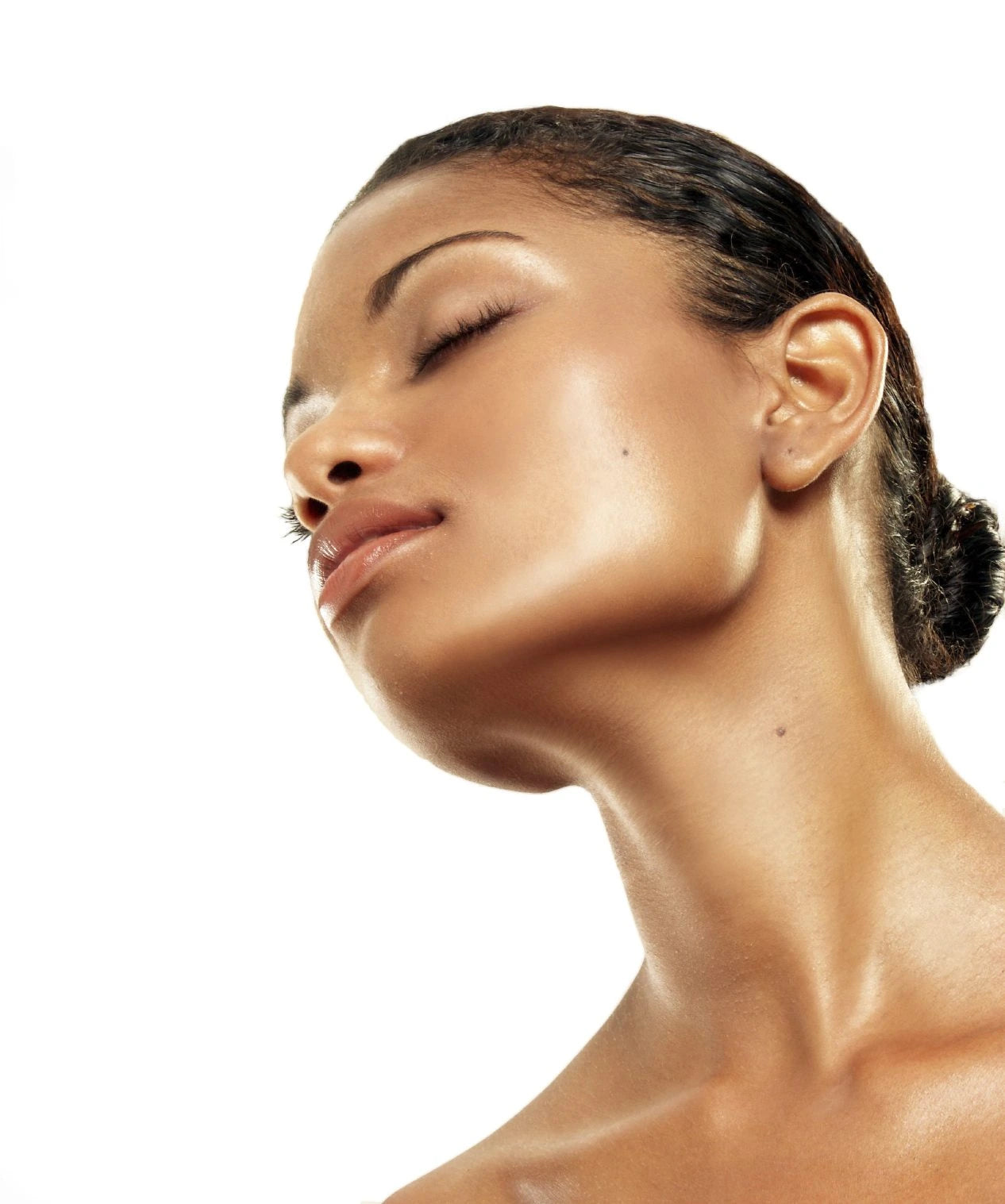Did you know that moisturizers are classified in different groups, namely emollients, humectants and occlusives? “Moisturizer” is simply a generic term, which encompasses an array of creams, gels and lotions. These formulas may contain humectants, occlusives and/or emollients in their combination of ingredients.
It is clinically proven that as we age, our skin loses natural moisturizing factors such as hyaluronic acid, and lipids like ceramides, cholesterol, and fatty acids that keep our protective barrier intact. By reintroducing these key moisturizing elements to our skin daily, we are helping to not only improve its appearance but also prevent damage as a result of a compromised skin barrier.
Humectants
They are substances that absorb water from the air or underlying layers of the skin and draw those molecules toward the surface of the skin. This allows the skin to retain moisture and may also help other topical skincare ingredients to perform better. E.g. Glycerin, Hyaluronic Acid, Sodium Hyaluronate
Occlusive Agents
They increase moisture levels in skin by providing a physical barrier to reduce epidermal water loss. E.g. Petrolatum.
Emollients
They provide some occlusivity and improve the appearance of the skin by smoothing flaky skin cells, softening the skin and keeping it supple. E.g Fatty Acids.
Photo Credit: The Fifty Plus Life
Difference Between Humectant, Emollient & Occlusives
- Do Ascorbic Acid (Vitamin C) Serums Lose Potency When They Turn Yellow?
- Why You Need Antioxidants In Your Skincare Routine


